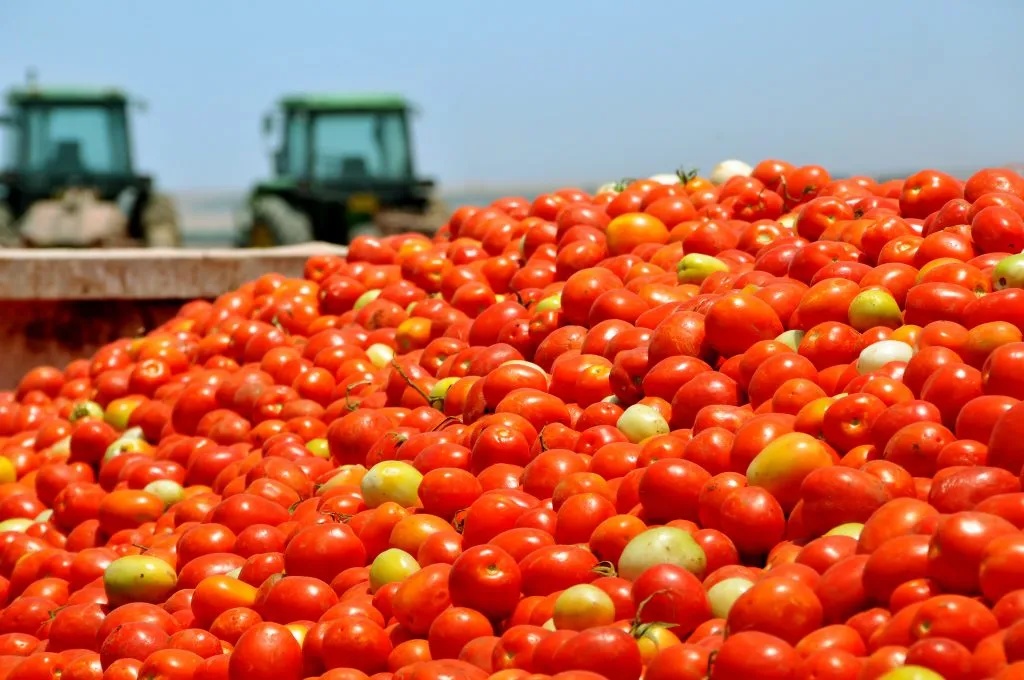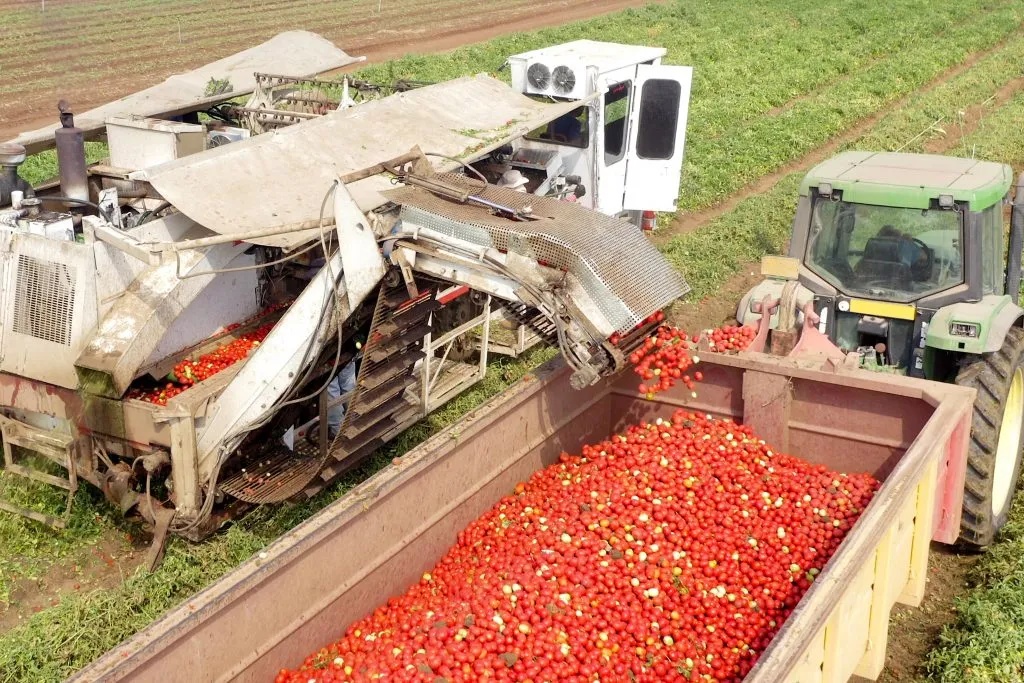Respect for your privacy is our priority
The cookie is a small information file stored in your browser each time you visit our web page.Cookies are useful because they record the history of your activity on our web page. Thus, when you return to the page, it identifies you and configures its content based on your browsing habits, your identity and your preferences.
You may accept cookies or refuse, block or delete cookies, at your convenience. To do this, you can choose from one of the options available on this window or even and if necessary, by configuring your browser.
If you refuse cookies, we can not guarantee the proper functioning of the various features of our web page.
For more information, please read the COOKIES INFORMATION section on our web page.


 “This is version one – draft version – because this is being developed as we are presenting it. Broomrape is such an imminent problem and we really, in a perfect world, would have had this all figured out, but we don’t. So, we’re trying to give people real-time information,” Swett noted. “We’re working with CTRI to put out this information as widely as possible. We’re also distributing it directly to the seed companies and distributors, many of the PCA groups, and so on.”
“This is version one – draft version – because this is being developed as we are presenting it. Broomrape is such an imminent problem and we really, in a perfect world, would have had this all figured out, but we don’t. So, we’re trying to give people real-time information,” Swett noted. “We’re working with CTRI to put out this information as widely as possible. We’re also distributing it directly to the seed companies and distributors, many of the PCA groups, and so on.” Coordinated efforts with the California Tomato Research Institute are helping to further research related to equipment sanitation. The proliferation of the quarantine pest broomrape has been a significant driver in sanitation research efforts. Information will continually be provided to industry members as it becomes available, to help mitigate the spread of pests and diseases. Swett said there are still several questions that will need to be answered as the research continues to move forward.
Coordinated efforts with the California Tomato Research Institute are helping to further research related to equipment sanitation. The proliferation of the quarantine pest broomrape has been a significant driver in sanitation research efforts. Information will continually be provided to industry members as it becomes available, to help mitigate the spread of pests and diseases. Swett said there are still several questions that will need to be answered as the research continues to move forward.



























